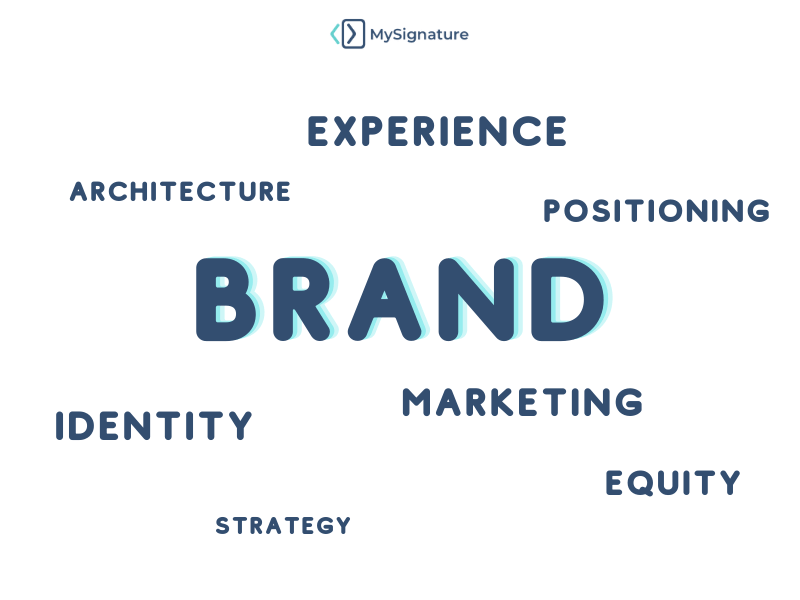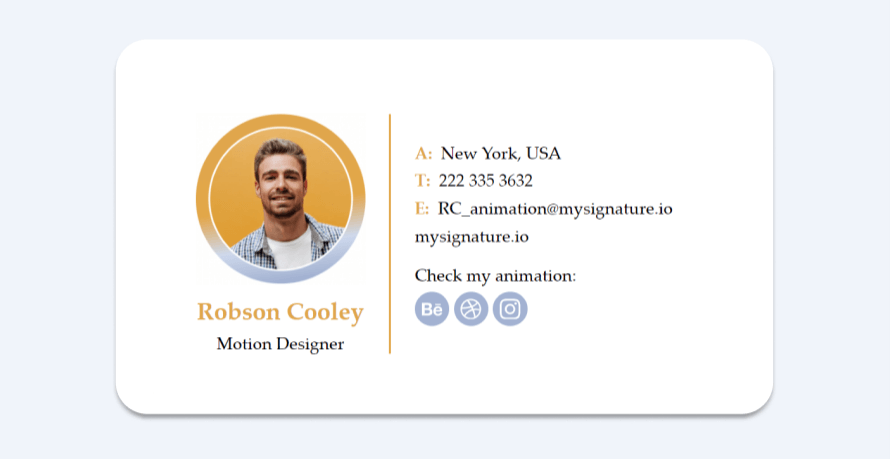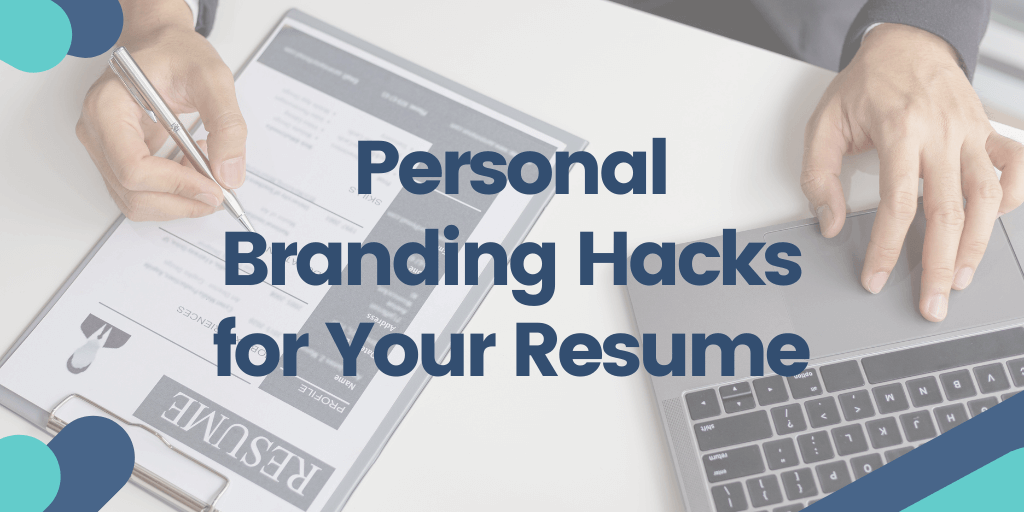The job market has endured several tumultuous years, beginning with the layoffs, company closures, and rapid pivot to remote and hybrid work brought on by the COVID-19 pandemic. While this volatility is giving way to stability, 2024 offers a number of challenges for job seekers.
According to a 2024 report from the Society for Human Resource Management (SHRM), job growth “will remain positive in 2024, but at a much slower pace than in recent years.” For example, monthly job gains in 2023 were about half that of those reported in 2022. A similar pattern is expected for the coming year.
More competition for fewer jobs means that a strong resume and a compelling professional brand are more important than ever.
What, though, is personal branding, and how is it used in a professional environment? How can you build and modify your personal brand? We will answer these questions below. We will also consider how personal branding can elevate a resume from generic to impactful.
To do this, it is important to tailor your resume to each job application you submit, while maintaining a consistent personal brand message. We’ll teach you the steps below—let’s get started.
Building your personal brand story
Personal branding is the act of crafting a public image and influencing how you are perceived by other people. Especially in the professional realm, you should seek a public image that reflects your personal values, skills, and experiences.

The first step in creating your personal brand is to define your core values and identify skills that differentiate you from other applicants. According to behavioral scientist Jason Hreha, our personal core values “shape our actions, decisions, and behavior” and “understanding these values can help us live more intentional, fulfilling, and purpose-driven lives.” This is also true when it comes to your job search and career goals.
Once you’ve listed your values and skills, lean into the items on that list to craft a compelling personal brand statement that summarizes your strengths and goals. Your brand statement should be a brief introduction, one to three sentences in length. Think of it as an “elevator pitch” that summarizes what you can offer as a professional.
Your online presence is a vital complement to your personal brand. LinkedIn is perhaps the single most important component. As a professional network, it holds more sway than other social networks. It is also home to a resume-like profile and can serve as a launchpad for your portfolio. You can choose to organize links to your work right in your profile or link to a dedicated online portfolio, such as a personal website.
Don’t forget the effects your personal social media accounts can have on your brand message. Even if you choose to make your accounts private, scrutinize them regularly, making sure your photos, comments, likes, and even the accounts you follow are in accord with your values and personal brand. If in doubt, delete it, or don’t post it.
Weaving your personal brand story into your resume
There are a number of ways you can weave your brand story into your resume. We’ll specifically consider the summary statement, keyword optimization, powerful language, achievements, and tailoring your document to each position you apply for.
Craft a powerful summary statement
Crafting a powerful summary statement can make your resume stand out among the myriad of applications each job offer receives. Replace a plain and ordinary objective statement with a personal brand summary that showcases your unique value proposition. Above, we talked about the basics, such as the statement length. Now, let’s dive a little deeper to weave your person brand into your resume.
When writing your personal brand summary, use strong action verbs and quantifiable achievements instead of vague terms. If you find this daunting, you can feed a list of your key values, skills, and experiences into an AI text generator and ask for a personal brand summary. When using ChatGPT to write your resume, remember that you still need to include a personal touch. Consider the AI’s output as a suggestion. Read it for accuracy and alter it as needed to reflect your personality and way of speaking, no matter which AI tool you use, ChatGpt, DeepSeek or another one. For more information read about DeepSeek, ChatGPT, AI Overviews to decide which of the mentioned tools is proper for your needs.
This approach is often used in text to speech (TTS) systems, where AI generates speech based on written text. While the AI produces a natural-sounding voice, it's always helpful to review and adjust it to better match your unique tone, style, and preferences.
Keyword optimization
If you can use AI to help write your resume, you had better believe that companies will use AI to read and review it. Most utilize an applicant tracking system (ATS) that scans incoming resumes looking for pre-programmed keywords. The more closely your resume matches the keyword list, the more likely it will make it into human hands and you’ll get called in for an interview.
Where can you find these near-magical keywords? Integrate relevant keywords from the job description. Look for terms describing skills, duties, computer programs, minimum education requirements, and years of experience needed. When possible, make sure your keywords are an exact match while maintaining a natural writing style. ATS are getting smarter thanks to AI, but they can still miss variations in word forms or alternate names.
Action verbs and power language
Attention to your choice of words should not end with keywords. Use action verbs that convey your initiative and impact in past roles. You can use an editing program such as Grammarly to identify instances of passive voice and rewrite the sentences to include powerful action verbs instead.
Showcasing achievements, not just duties
Whenever possible, quantify your accomplishments using metrics, percentages, or specific examples to demonstrate your impact. For example, instead of stating that you “helped increase sales,” cite a number or percentage of increase. This backs up your statements and give the hiring manager confidence in your abilities.
Tailoring your resume sections
Generic resumes are not sufficient for landing the job of your dreams. You will need to put in some footwork researching the companies you are applying to and subtly altering your resume for each. Adapt your work experience, skills, and projects to match the specific requirements and company culture of each position.
You may also want to explore using digital resumes and interactive elements. We’ve already discussed creating a LinkedIn profile or a portfolio website. Include your LinkedIn and/or website URLs in your contact information section so that your hiring manager can easily locate this engaging content. You can also include a clickable link in your Instagram bio and on other platforms connecting your contacts to your LinkedIn profile.
Consider, too, including extra sections for personal branding. This could include but is not limited to sections for volunteer work, awards, or certifications that demonstrate your commitment and well-roundedness. Keep in mind, however, that extra sections should always be relevant to the position you are applying for—there should be some thread that ties them together. For example, your sports awards might be relevant to coaching or personal training positions but not office roles.
Show your personal brand in your email signature
Surveys have shown that the average office worker sends about 40 emails per day, and the average person receives around 120 business-related emails each day. That is a lot of potential points of contact, and you can take advantage of it to grow your personal brand by including an email signature.
Email signatures typically include your name, business affiliation, and additional contact information. They might also include a tagline or an image. This can generate confidence when making new contacts because it reinforces your identity—when you include a photo and a phone number, for instance, your message is not likely to be dismissed as spam.
A branded signature can also show who you are in a quick glimpse. You can use mysignature.io’s email signature generator to create a visually appealing signature. Select colors and fonts that mesh with your online presence elsewhere. You can even include a call to action for readers to interact with your social media or other online content.

Finding your brand voice
Has your personal brand found its voice? What does a “brand voice” sound like?
Think for a moment of a brand you know well—Coca Cola, Google, or Apple, for example. When you think about one of these companies, what images come to mind? What emotions do they incite? Do you feel trust for these companies?
Now, think about the image you want to convey to others, how you want thoughts of you to make them feel. This is your brand voice. It is important that your values and professional tone throughout consistently shine through in your resume. Even when you adapt your resume slightly based on a given company culture, you can and must maintain your authenticity.
Conclusion
You can leverage personal branding to create a stand-out resume. First, identify your brand—your values, skills, and how you want to be viewed by others. Create a resume that narrates that story. Be flexible in your approach, adapting your resume content to the needs of each position and to each company’s culture. Don’t forget to build and manage your personal image online, and link to your content from your resume.
Building your personal brand is a fun and fulfilling process that can buoy you up in each stage of your career. Let others see you shine by actively managing their personal brand and adapting your resume to each opportunity you apply for.


